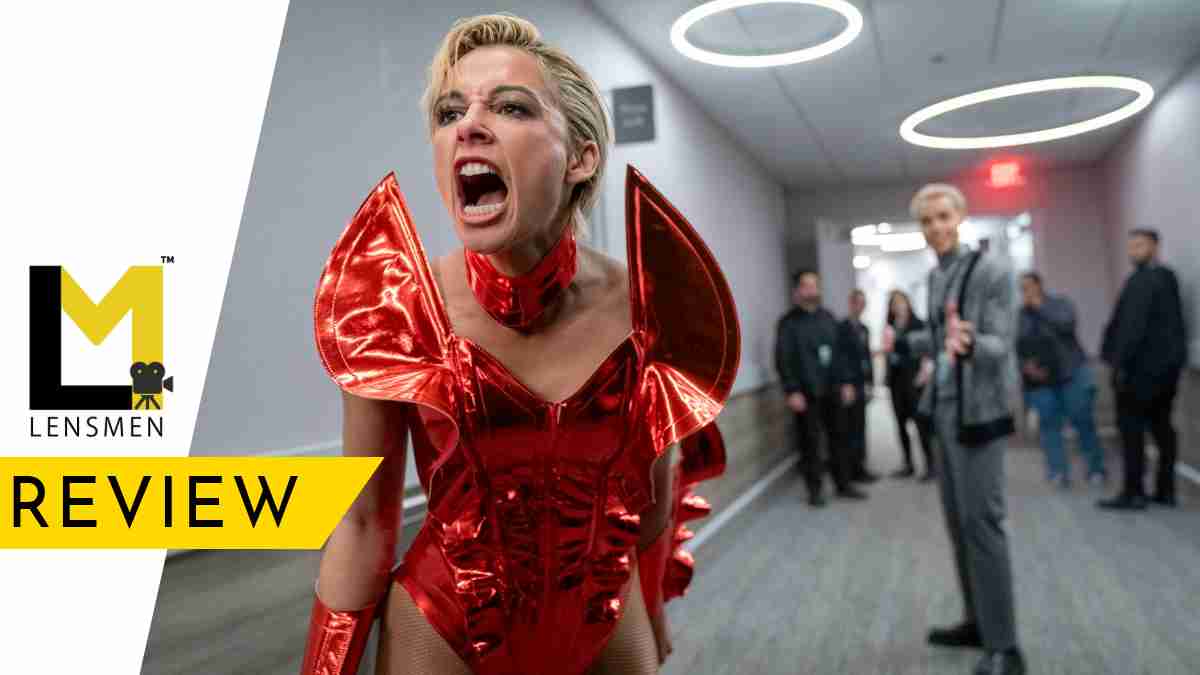The major challenge with the film Smile 2 was the fact that the audience are now very familiar with the basic nature of the movie. The pattern of the curse was established by Parker Finn in the 2022 movie. And if the sequel had to be impressive, there was a need to do something beyond the regular jump scare. What Smile 2 actually managed to do was pretty much that, and by placing the curse on a different character that has no similarity with Rose Cotter, Finn manages to explore a different dimension of the hallucinations.
So the movie starts six days after Rose Cotter’s suicide, and obviously, Joel is trying his best to get out of the chain. But he couldn’t, and like every other victim, he dies, and the one who saw the death gets the curse. Meanwhile, pop singer Skye Riley is planning to make a comeback after a year-long hiatus from the scene because of issues related to substance abuse and the death of her boyfriend in a road accident that injured her as well. What we see in Smile 2 is what happens when the curse reaches Skye, and she tries to put an end to this chain reaction.
There is a very obvious change from the first film in terms of visual language, as that film mostly used static shots and gentle camera movements. Here, even the opening sequence of the film is captured using a gimbal shot, and the whole scene has a panic energy attached to it. Even when the storytelling starts to focus on Skye, maybe because of her profession and the mental space of the character, the way the movie approaches the curse in the second installment is slightly different. A scaling up of the whole phenomenon is happening in the backdrop as we get to see some gorier versions of the stuff we have already seen.
The writing sort of makes sure that the movie doesn’t become a scaled-up repetition of what we have seen already. The tropes like hallucinations, death patterns, and the inverted frames, etc., are definitely similar. But the character of Skye Riley takes the whole curse idea to a bigger platform. And since someone has already cracked the case, the story also emphasizes efforts to end this creepy phenomenon. What was really impressive about the writing was how it sort of utilizes these possibilities to create a more complicated and compelling presentation of the hallucinations. And after all the convolutions, the climax shocks you with its scale. I loved how they used sharp one-second intercuts for major story expositions. The creepy rhythm of the background score at key moments elevates the horror element considerably.
Naomi Scott was terrific as Skye Riley. From the flashback sequence to the present version, who behaves normally and in a paranoid manner, it was a physically and emotionally demanding role, and Naomi gets into the skin of the character and pulls off a great performance. Lukas Gage delivered a memorable performance as Lewis Fregoli. Other names include Rosemarie DeWitt as Riley’s mother, Dylan Gelula, and Miles Gutierrez-Riley.
From the way it builds that smile symbol calmly after the chaotic action block which results in a brutal accident, Parker Finn draws your attention into the world of this movie, and after that, it is a series of events that explores the phenomenon in ways we would love to see, or we wouldn’t have imagined. I was hoping to see someone putting an end to the sequence, and Finn actually teases you with that possibility at one point. But with a last-minute twist, which feels a bit like a creative sadistic pleasure, considering the tension inside the theater, Finn makes you gasp thinking about what could happen at the beginning of Smile 3.
With a last-minute twist, which feels a bit like a creative sadistic pleasure, considering the tension inside the theater, Finn makes you gasp thinking about what could happen at the beginning of Smi
Green: Recommended Content
Orange: The In-Between Ones
Red: Not Recommended


